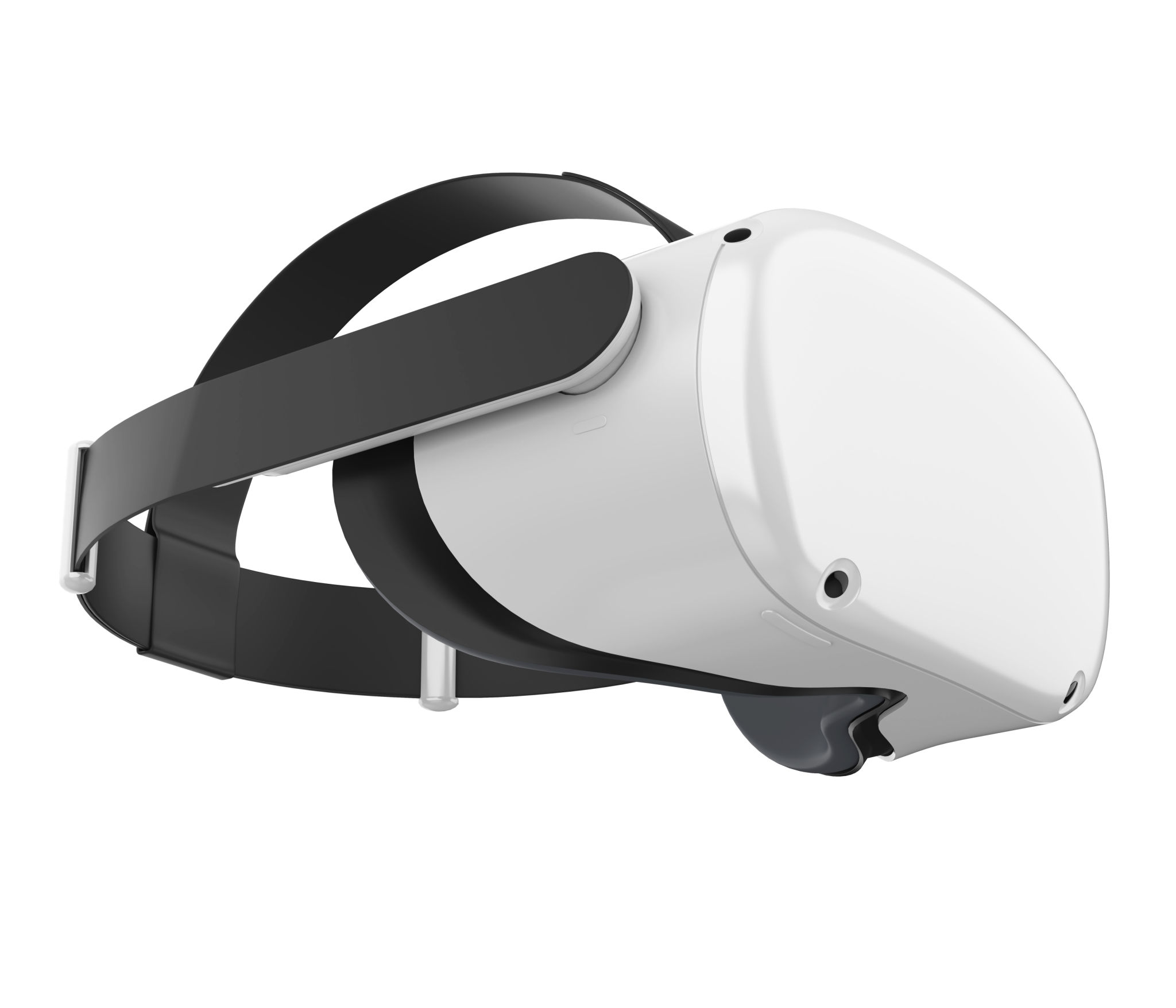Why Multi-Platform VR Support is Essential for Developers
The Growing Importance of VR in the Tech Landscape
Virtual Reality (VR) has steadily transformed from a niche technology into a mainstream sensation. With its immersive experiences, VR is revolutionizing industries such as gaming, education, healthcare, and real estate. As the demand for VR content grows, developers are faced with the challenge of ensuring their applications reach a broad audience. One effective way to achieve this is through multi-platform VR support.
Developing for multiple platforms not only maximizes user reach but also enhances the overall user experience. By catering to different devices and operating systems, developers can avoid alienating potential users who may only have access to specific hardware or software.

Maximizing Audience Reach
One of the primary reasons why multi-platform VR support is essential is the ability to maximize audience reach. Different users prefer different VR devices, from Oculus Rift and HTC Vive to PlayStation VR and mobile headsets like Google Cardboard. By supporting multiple platforms, developers can ensure their applications are accessible to a wider audience, thus increasing potential user engagement and revenue.
Furthermore, developing for multiple platforms helps in capturing a diverse user base with varying preferences and budgets. This inclusivity ensures that more users can enjoy the content without being restricted by hardware limitations.
Enhancing User Experience
When a VR application runs smoothly across various platforms, it significantly enhances the user experience. Users can expect consistent performance and features, regardless of the device they use. This consistency builds trust and loyalty among users, encouraging them to explore more content from the same developer or brand.

Moreover, optimizing applications for different platforms can lead to better performance metrics, such as reduced lag and improved graphics. This optimization is crucial for maintaining immersion, which is a key aspect of VR experiences.
Future-Proofing VR Applications
The tech industry is rapidly evolving, and new VR devices are continually entering the market. By adopting a multi-platform approach, developers can future-proof their applications against these changes. This adaptability ensures that as new devices and technologies emerge, existing VR content remains relevant and functional.
Additionally, supporting multiple platforms encourages developers to stay updated with the latest industry trends and best practices. This proactive approach not only benefits the current user base but also positions developers as leaders in innovation within the VR space.

Streamlining Development Processes
While developing for multiple platforms might seem daunting at first, it can streamline development processes in the long run. Utilizing cross-platform development tools and frameworks allows developers to write code once and deploy it across various platforms with minimal modifications.
This efficiency reduces development time and costs, enabling teams to focus on creating high-quality content rather than constantly adapting it for different systems. As a result, developers can release updates and new features more swiftly, keeping their applications fresh and competitive.
The Competitive Edge
In an increasingly competitive market, offering multi-platform support gives developers a significant advantage. It signals to users that the developer is committed to providing accessible and versatile solutions, which can be a deciding factor when choosing between similar applications.
Ultimately, embracing multi-platform VR support is not just about technical compatibility; it's about expanding opportunities for growth and success in the dynamic world of virtual reality.